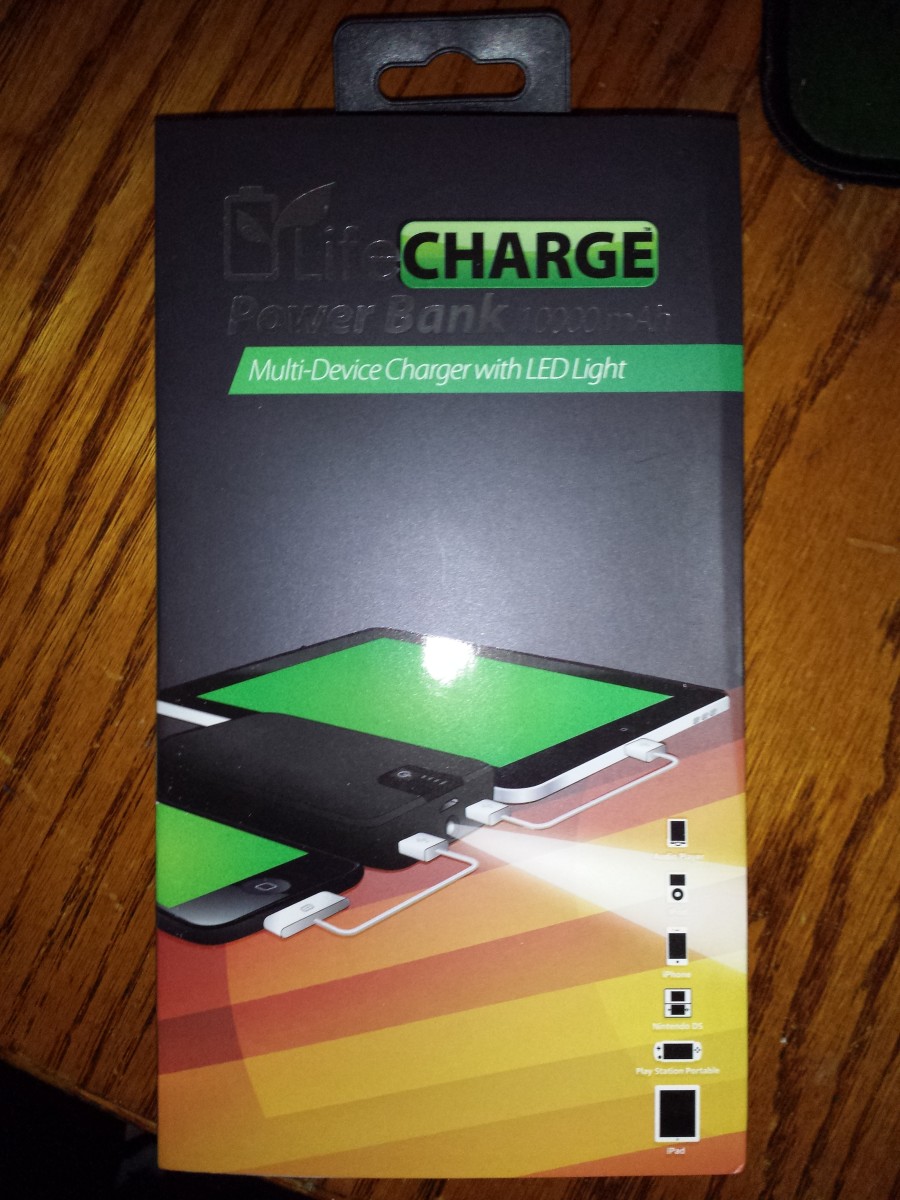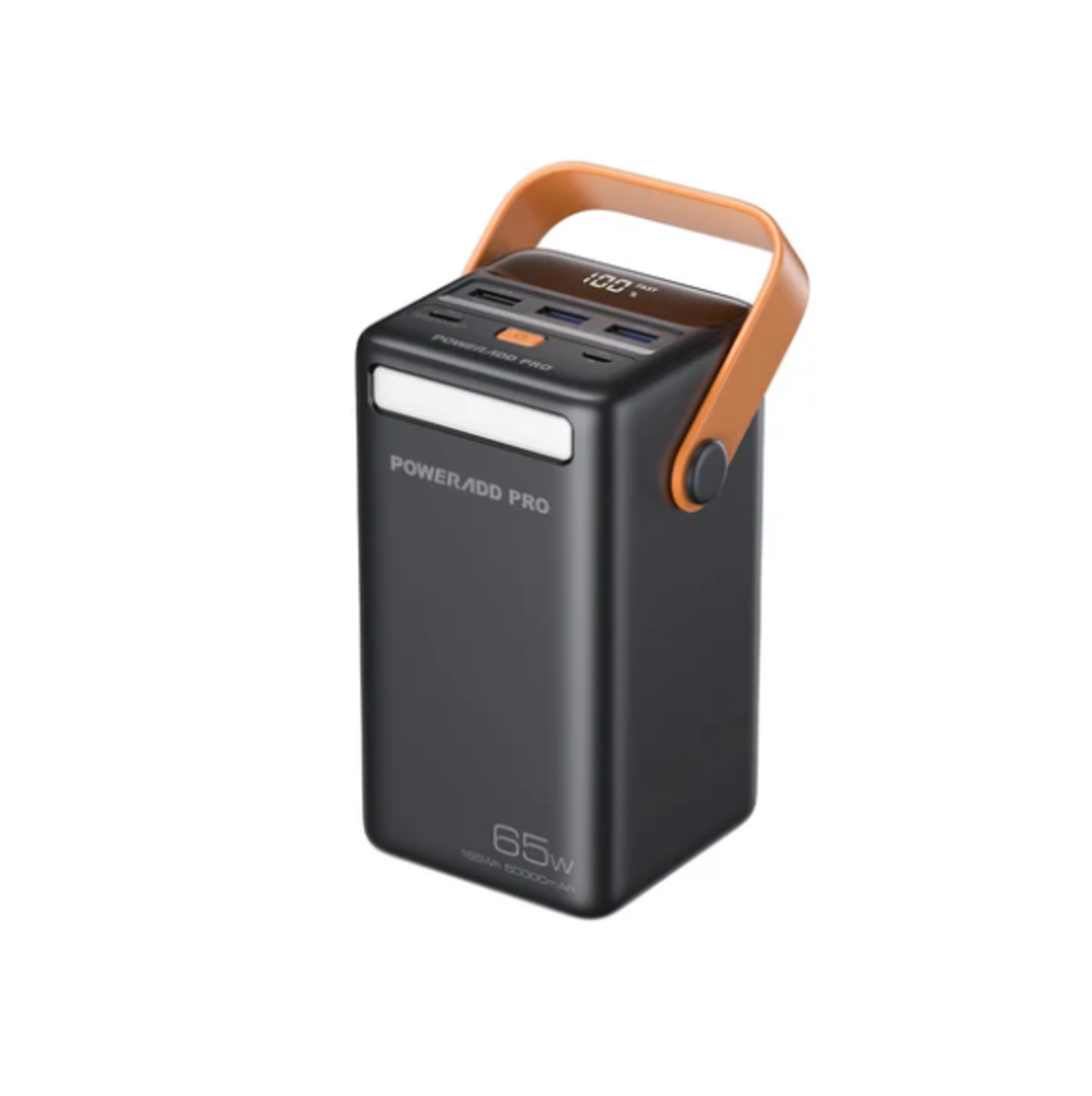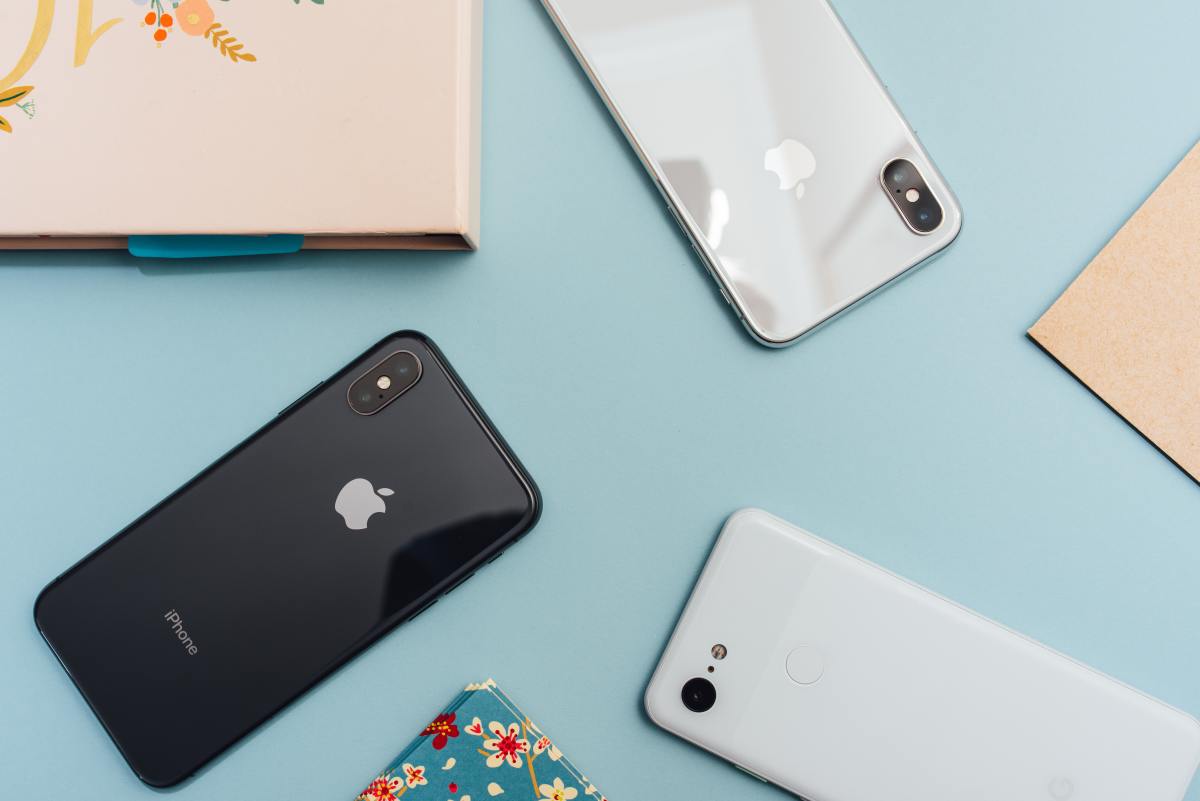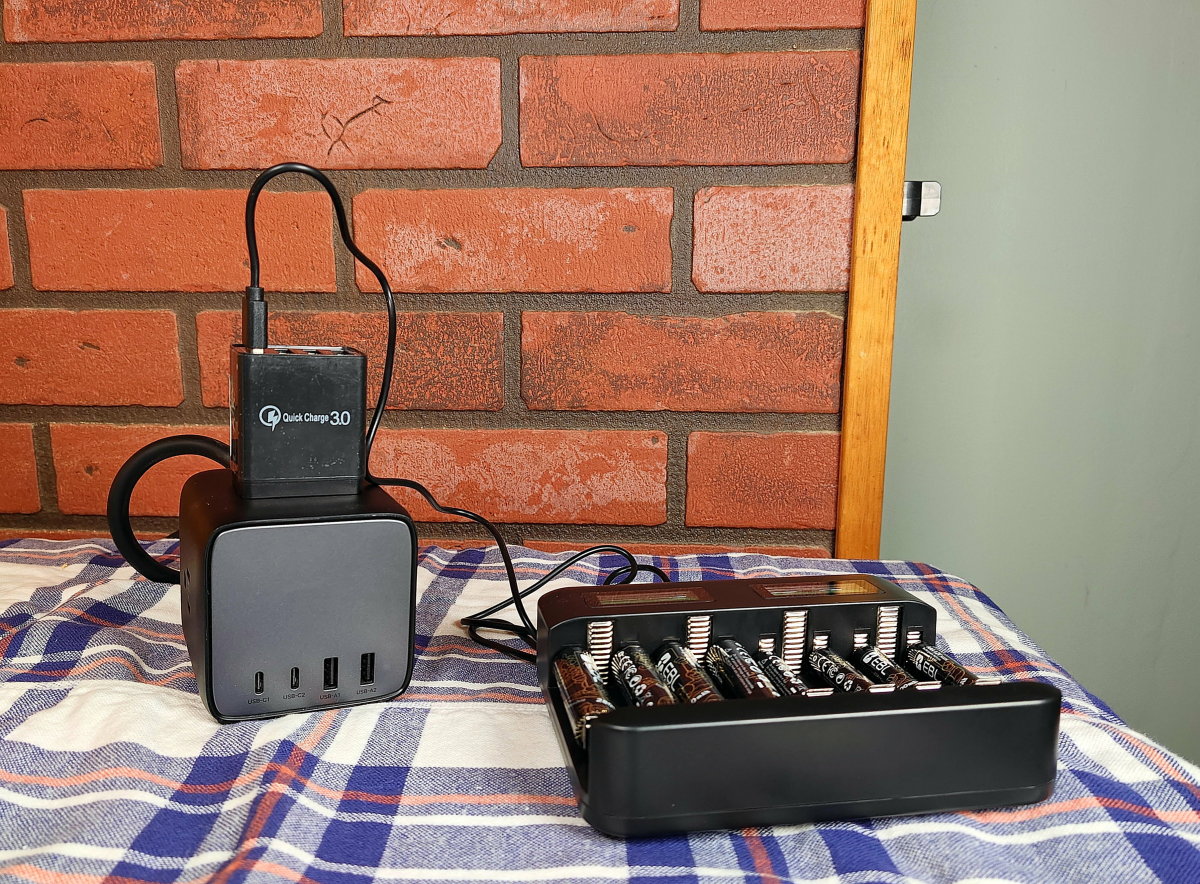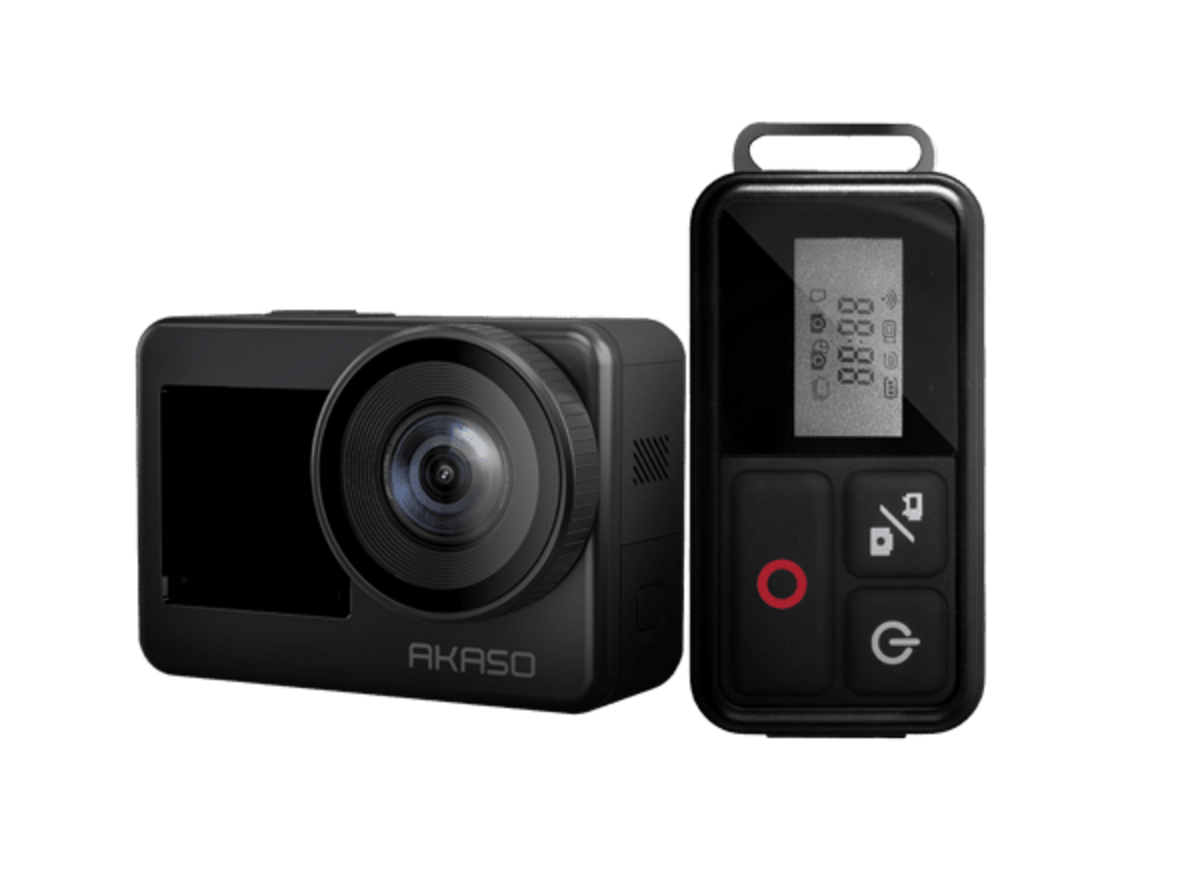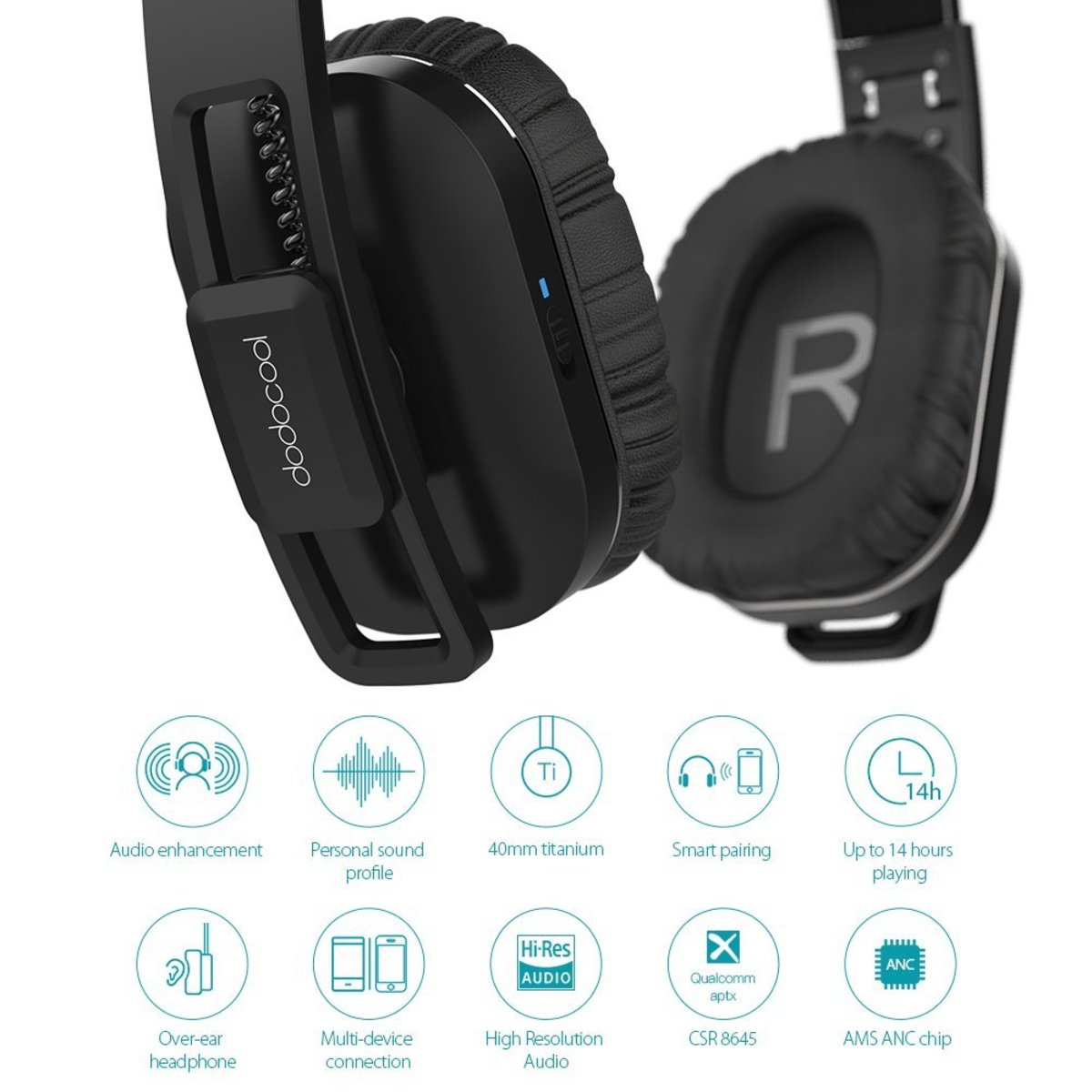- HubPages»
- Technology»
- Consumer Electronics & Personal Gadgets»
- Portable Electronics
3 Step Guide to Buying a Portable Phone Charger.
Step One - The Size
The size and weight of a power bank is a direct indication of its charging capacity. Striking the right balance between portability and charge-ability is a sensible first step.
The capacity of a Power Bank determines how many times you can recharge your phone or mobile device. It's measured in mAh (milliamp hours). Most modern smartphones have between 2000 to 2500mAh.
The mIlliamp amount is just a guide, and not an accurate representation of how much charge you're likely to get. The actual amount is subject to its efficiency. Typically, a 10000mAh power bank will provide around 7000mAh, or just over three full phone charges.
- Daily topping up - If you're looking for a compact phone charger to top up your phone, then a power bank with between 3000mAh and 4000mAh is ideal.
- Longer trips (Weekends) - When you're likely to be away from a power source for a couple of days, a 10000mAh power bank is favourable. It will provide around three full charges and is in a sweet spot for size and weight.
- Longer trips or for charging multiple devices - If you plan on being away for longer than a few days or have the need to charge more than one device, it's wise to look for a power bank with a capacity greater than 20000mAH.
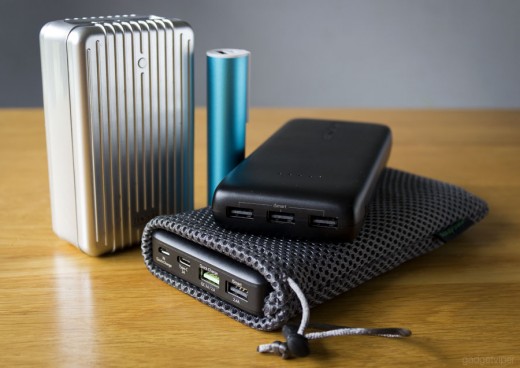
Which size Power Bank suits you best?
Step Two - The Output
There are two types of output that you need to be aware of. There's Max output, and the output from each individual USB port.
Most phones need around 1A to charge effectively. Pretty much all power banks will provide this amount from a single port. A larger device such as a tablet, will require more than 2A to charge at optimal speed.
Think about which mobile devices you'll need to charge and check their requirements. Look for a power bank that's got the correct amount of output. For a Phone and Tablet you'll need at least 3A. For two Tablets, look for a portable charger with 4A or more.
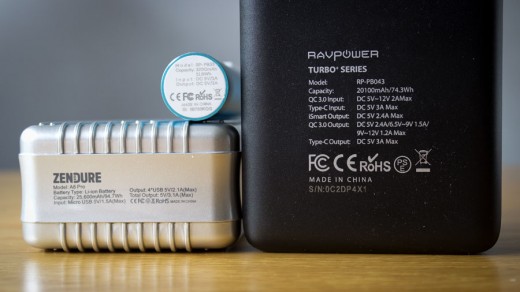
How many devices would you need to charge together?
Step Three - The Technology
All power banks have safe guards and protection against over heating and short circuits. Some manufacturers offer extra technology that can further improve the performance.
- Qualcomm Quick Charge 3.0 - Many of the latest power banks now offer Quick charge 3.0 technology. This can provide a major improvement in charging speed. To make the most out of this feature, your phone would need to be QC compatible. Apple devices aren't and never will be, but it's still worth considering, even as an iPhone user. A large capacity power bank will take a considerable amount of time to recharge once depleted. If you invest in a QC 3.0 wall adapter, you can improve the recharge time by as much as five hours!
- Pass Through Charging - This technology allows the power bank to top up mobile devices while it's recharging from the mains. This can be useful for the overnight charging of multiple devices. Only a handful of manufacturer's offer this feature.
- Brand specific technology - This depends on which Power Bank manufacturer you choose. They all have their own 'brand specific' terminology for fast charging ports. Anker use the term 'PowerIQ', RavPower have 'iSmart' and Zendure use 'ZEN+'. Regardless of the name, they all do pretty much the same thing. The output current is automatically adjusted to suit the connected device.
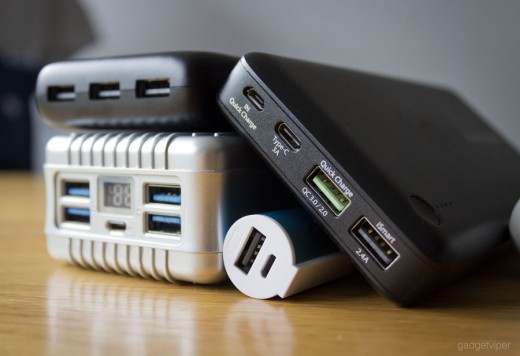
Which Power Bank to buy?
Hopefully this guide has helped you decide on the best size, output and features for your specific portable charging needs.
Beyond those three steps, it's also wise to consider the quality of the product. Try to choose a non-generic power bank and you'll have little to worry about in terms of efficiency, reliability and safety.
I have been product testing and reviewing portable chargers for over two year now. Of the dozens of brands I've had hands on experience with, I can highly recommend the following manufacturers:
- Anker
- RAVPower
- Zendure
- EasyAcc
Each of them have an extensive range of charging solutions and their products have proved to be consistently reliable. All four brands are available to buy on Amazon.
If you'd like to ask me any questions, please feel free to leave a comment below.
© 2016 Simon Tunnard

